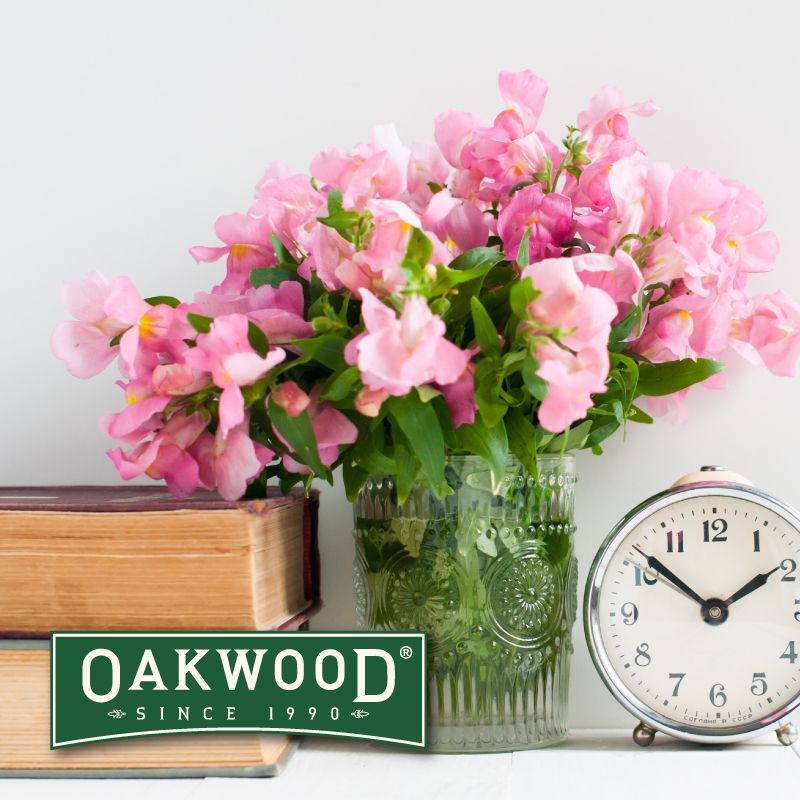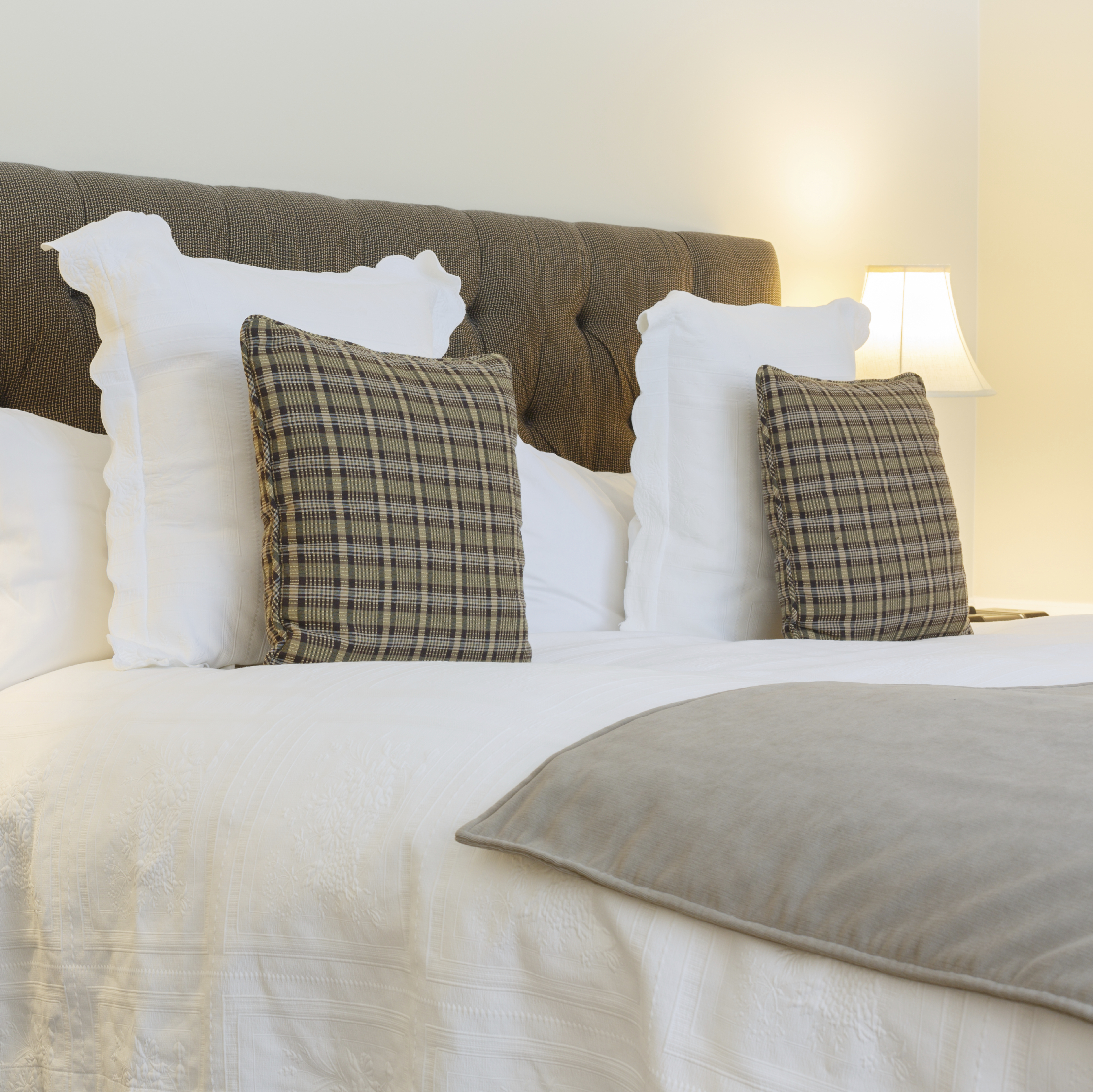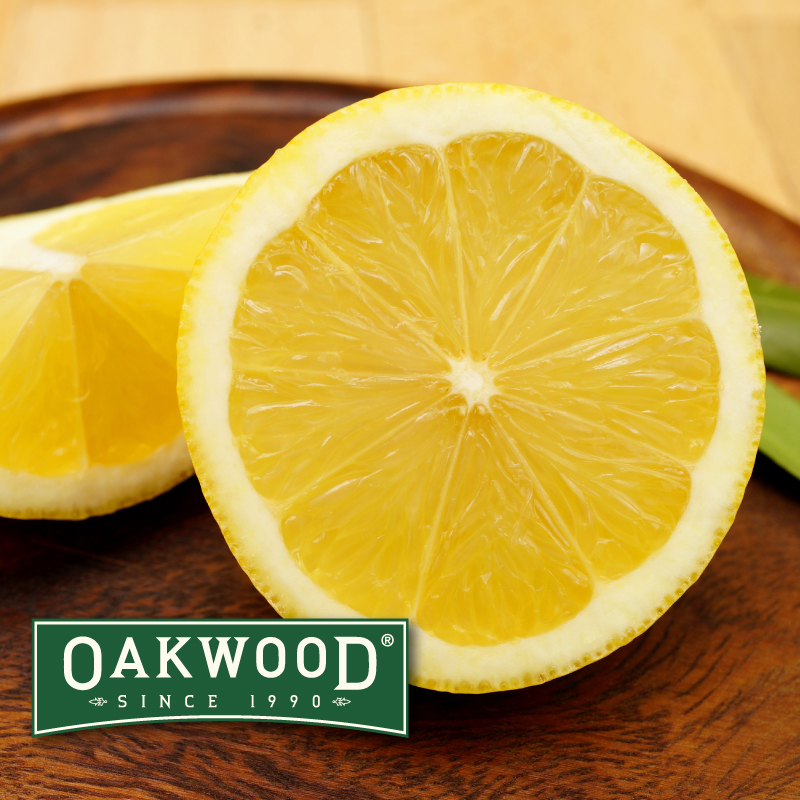
1 – Brighten up unloved walls.
Brighten up your unused blank walls with fun and thrifty DIY ideas. Try putting together a collection of hang plates sourced from your local opportunity shop, or weed out some odds and ends from the back of your cupboard.
To hang, simply attach wire plate hangers to the back of each plate and suspend on a picture nail. Opt for unexpected colours, textures and designs, and place the most dramatic-looking designs within the centre of the arrangement.
Another option is to create a unique photo wall. Pick a theme such as a wedding, birthday party or holiday pics, then find an outlet (such as ikea) that sells a large collection of frames in bulk. Organise them in a straight row along your wall (it’s worth measuring them out with a ruler and grey lead pencil), or measure out an uneven design to create more contrast. Photos are often stored for long periods of time in albums and photo books – this is a great way to use and enjoy them in your daily life.
2- Lighten up your house
This might sound basic, but when was the last time you gave your light-fittings a good clean? With time, dirt can build up in glass light fittings, which creates a cloudy, grey colour throughout your room. A quick spritz and rubdown with some soapy water will do wonders for your light fitting – and subsequently brighten up your home.
3- Freshen up your couch and lounge chairs.
You may not have the funds for a new lounge suite, but you can brighten up your old one by giving your cushions a good clean and investing in a new throw for your couch. Good quality fabric is often sold in sample size on websites such as eBay or etsy. It doesn’t need to cover your entire couch or chair; it simply creates a feature and a distraction for the eye.
4. Add colour and spark with fresh flowers
Fresh flowers create a sense of brightness and positivity throughout the home. Stock yourself up with some quirky vases; they could be old pouring jugs, glass jars or any type of recycled objects. Next, find an interesting local florist, or even consider buying yourself a tough-growing rose-bush so that you have a constant supply.
5. Set the mood
Candles – look best when massed, particularly on a spacious surface
Look for soy-based or beeswax varieties as they work to clean the air as they burn. You can also add a few drops of essential oil for an added aroma throughout your home.
Candles create a sense of calmness and serenity throughout the home. They are best used in large quantities; a stacked array on a spacious surface, which creates a warm sense of light and space throughout the room.
Look for soy-based or beeswax candles as they contain minimal chemicals and also work to clean the air as they burn. You can also add a few drops of essential oil for an added aroma.
6. Give your surface areas a new look
A fresh new tablecloth can brighten up the surface area of your table or work space. Look for interesting textures and designs that compliment the feeling throughout your home. Good quality fabrics in small sizes can often be found as sample seconds on eBay and etsy.com. Also have a look in your local thrift shop and see what they have available.
7. Create a feature wall
The feeling throughout a room can be lifted with a splash of colour or brightness. Try painting a feature wall a warm, deep colour such as dark red or deep blue. You can also use wallpaper to create an interesting feature.
8. Create a sense of space
A sense of space broadens our creative thinking and creates a calming ambience throughout a room. To make the most of the space that you have available, start by clearing clutter throughout your home. It might seem tiring at first, but the clearing and organization of objects throughout your home will create a calming effect throughout the house.
Finally, you can also make your room seem larger by adding a mirror against a wall. Choose a size that is roughly ¾ the size of the wall and place it opposite a window so that it will reflect the light from the exterior.
9. Try a thrifty kitchen re-vamp
You might not have the time or resources to do a complete kitchen makeover. But you can create an entire new look throughout your kitchen by simply re-painting your cupboards.
Any hardware store or paint outlet will sell with the correct paint and finish. Simply choose a colour and ask them for their recommendations. You will need to remove each cupboard door from it’s frame, label it with masking tape and give it a thorough clean with soap and water before you start. Paint on several coats and allow them to air-dry before returning them back to their frames.
10. Create a rosy, romantic glow in different rooms
Are you keen to create a warm and rosy glow throughout your bedroom or living room, but not exactly sure how? One of the most famous tricks done by Woody Allen in his hit movie, Annie Hall was placing a pink light bulb on his bedroom lamp to create a warm, pink ambience throughout the room. A pink lampshade or light-fitting can also create the same effect.









